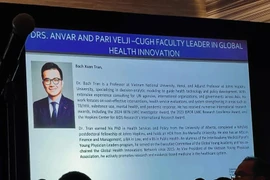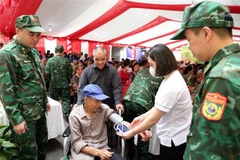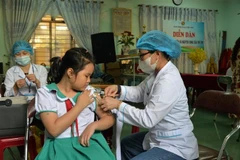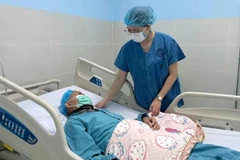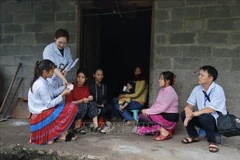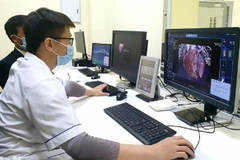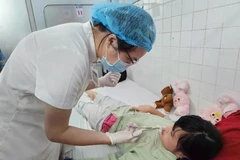Hanoi (VNA) – Infection control remains a cornerstone of patient safety, healthcare service quality, and the health system's resilience to infectious diseases, said Prof. Dr. Tran Van Thuan, Deputy Minister of Health and Chairman of the National Medical Council.
Speaking at the April 10 conference on the rollout of Vietnam’s national action plan for infection control in healthcare facilities (2025–2030), Thuan highlighted the essential role of infection prevention, which was brought into sharp focus during the COVID-19 pandemic. He stressed that robust infection control not only helps contain outbreaks but also safeguards healthcare workers and communities.
The health sector has made strides in building an infection control system by strengthening legal frameworks, expanding human resources, and improving technical capacity. These advancements, Thuan noted, provide a crucial foundation for improving service quality and ensuring patient safety.
The newly launched action plan, Thuan said, sets a strategic direction for nationwide standardisation of infection control practices, in line with national healthcare improvement goals and World Health Organization (WHO) guidelines.
The Ministry of Health aims to enhance infection prevention and control across healthcare facilities, improve service delivery, and protect both patients and medical staff. Key priorities include tighter oversight of antibiotic use and the implementation of hospital-based infection control interventions.
Dr. Angela Pratt, WHO Representative in Vietnam, praised the country’s progress in infection control and stressed the need for close collaboration between nations, international bodies, and relevant sectors to drive further improvement.
WHO reaffirmed its ongoing support for Vietnam in strengthening its healthcare system and advancing effective infection control measures moving forward./.


